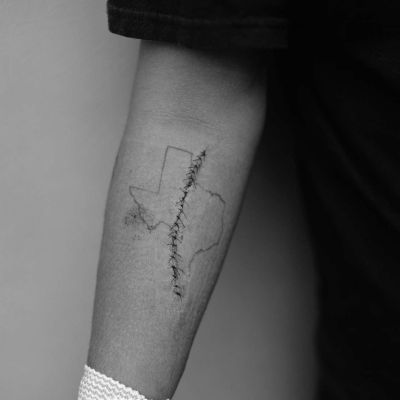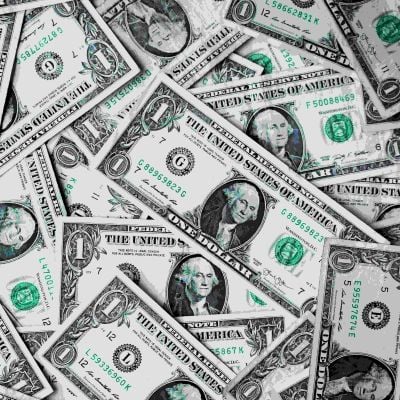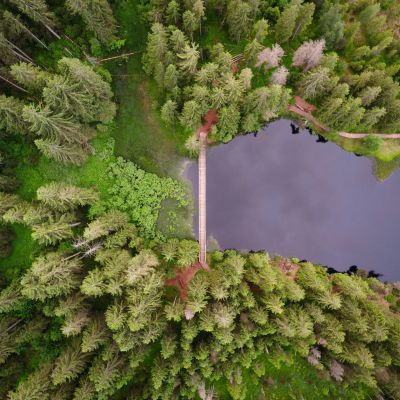The Extraordinary Rise of Crypto Art
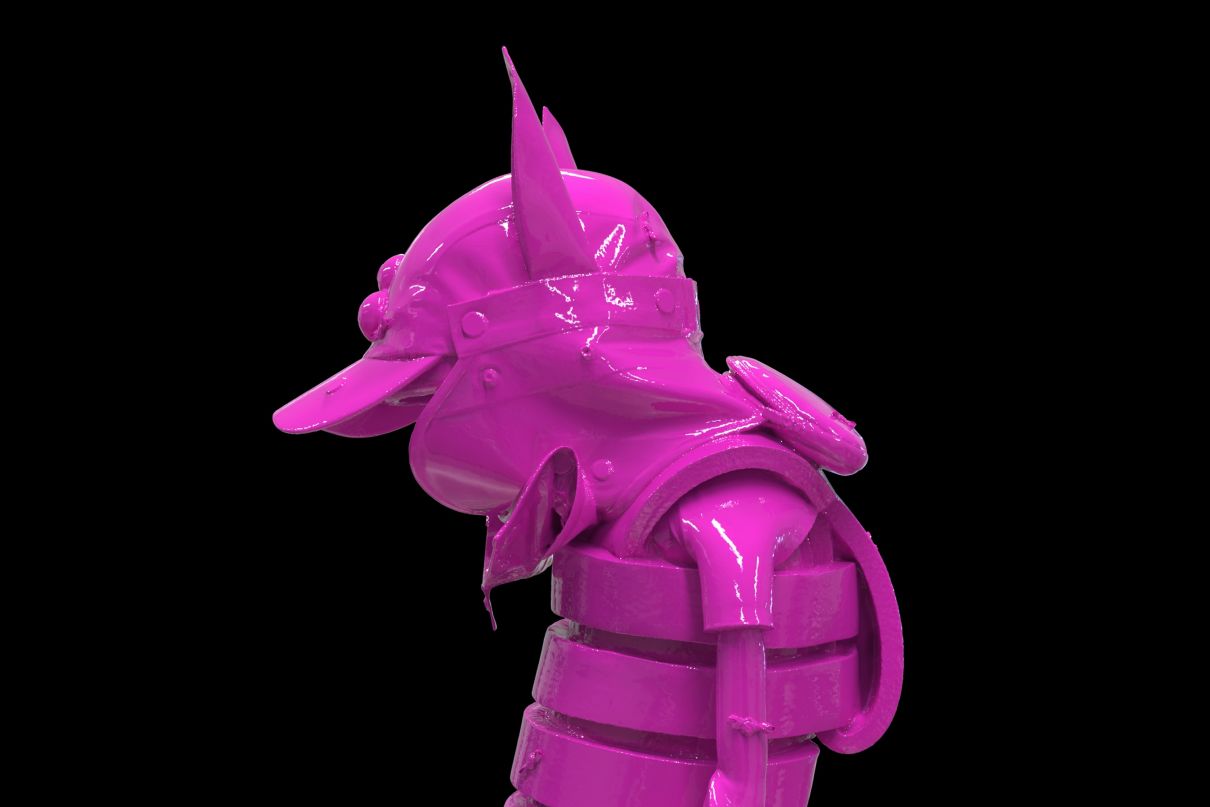
Whether you consider it masterpiece or meme, NFT-backed Crypto art is redefining the art market.
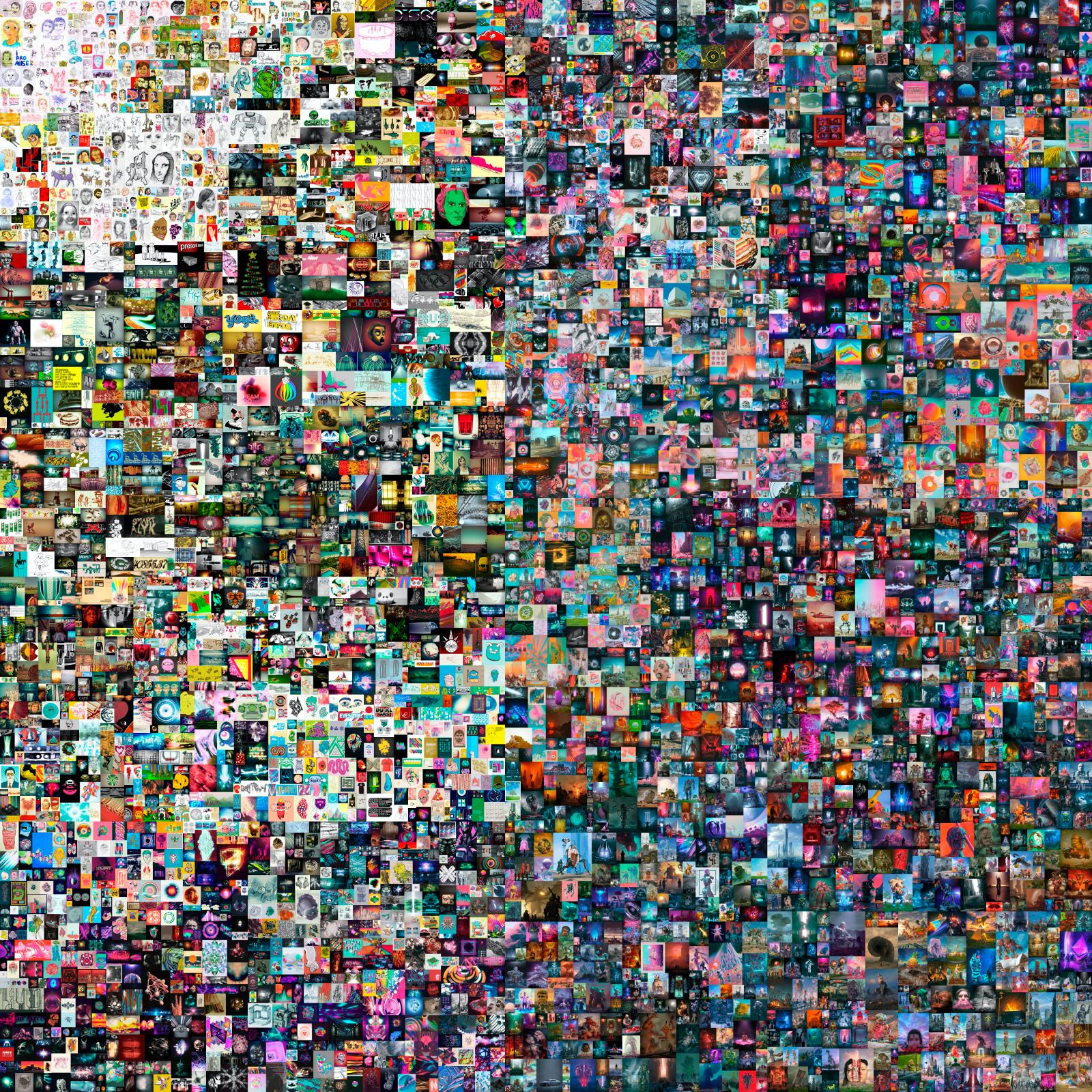
In mid-March this year, as the Covid pandemic continued to monopolise headlines, a quiet revolution was taking place in the art world. Christie's, a 255-year-old auction institution, auctioned the solo work of a digital artist. The non-fungible token (NFT)-backed work, called Everydays: The First 5000 Days, by the artist known as Beeple, sold for an eye-watering US$69m, making it the third most valuable work by a living artist sold at auction. The live bidding attracted 22 million visitors to Christies.com.
It was a watershed moment, said the auction house.
"The result was a clarion call to all digital artists," said Noah Davis, specialist, post-War and contemporary art, at Christie’s. "Your work has value. Keep making it.”
Digital art has been around since the computer was invented. But prior to the introduction of NFTs and Blockchain technology, it was impossible for digital artists to claim their place in the art market, as a digital artwork could never be 100% certified. These mechanisms have paved the way for the future of art of purely digital means.
"I believe we are witnessing the beginning of the next chapter in art history," said Beeple, following the sale. "This is work that has just as much craft, message, nuance and intent as anything made on a physical canvas." The buyer of his work did not receive a painting or sculpture; instead they took ownership of an NFT, which is a unit of data stored on a digital ledger or blockchain, that certifies a digital asset to be unique and therefore not interchangeable. It means, just like in the traditional art world, the work is uniquely yours and one-of-a-kind.
A few weeks later Sotheby's auction house, collaborated on a solo sale with digital artist Pak, described as "an omniscient designer/developer/wizard." Over three days the sale - or 'drop' as it is termed in the world of NFTs - achieved sales of US$17m, attracting some 3,000 individual buyers to bid for the artist's cube-like digital artworks. “People may be able to right click save as a 'jpeg' but how would they save as a digital performance?” said Pak, on the reasons for buying crypto-backed artwork. Meanwhile Phillips auction house recently held its inaugural NFT sale, of Mad Dog Jones’ multi-generational NFT, REPLICATOR, which sold for over US$4 million in April.
Max Moore, co-head of Sotheby's contemporary art day sales in New York, said: "This important shift from physical to digital ownership will open up endless possibilities for the art world," adding that these conceptual artists [are] radically altering our understanding of what art is.
As more and more of our lives are lived digitally, there is a much higher comfort level with a digital art experience as well as a digital financial transaction. Auction houses are accepting cryptocurrency as payment for physical paintings; Sotheby's is selling Banksy's iconic Love is in the Air, and for the first time it will accept Bitcoin or Ether via Coinbase as a form of payment. Phillips is also selling a Banksy, Laugh Now Panel A, and accepting cryptocurrency as payment via Coinbase.
Aitor Throup, an Argentinian-born fashion designer who counts Kanye West as one of his fans, and has designed for artists Kasabian and Damon Albarn, has just launched himself as a digital artist. He is selling his work Anatomyland through the Nifty marketplace, a platform for NFT-backed work.
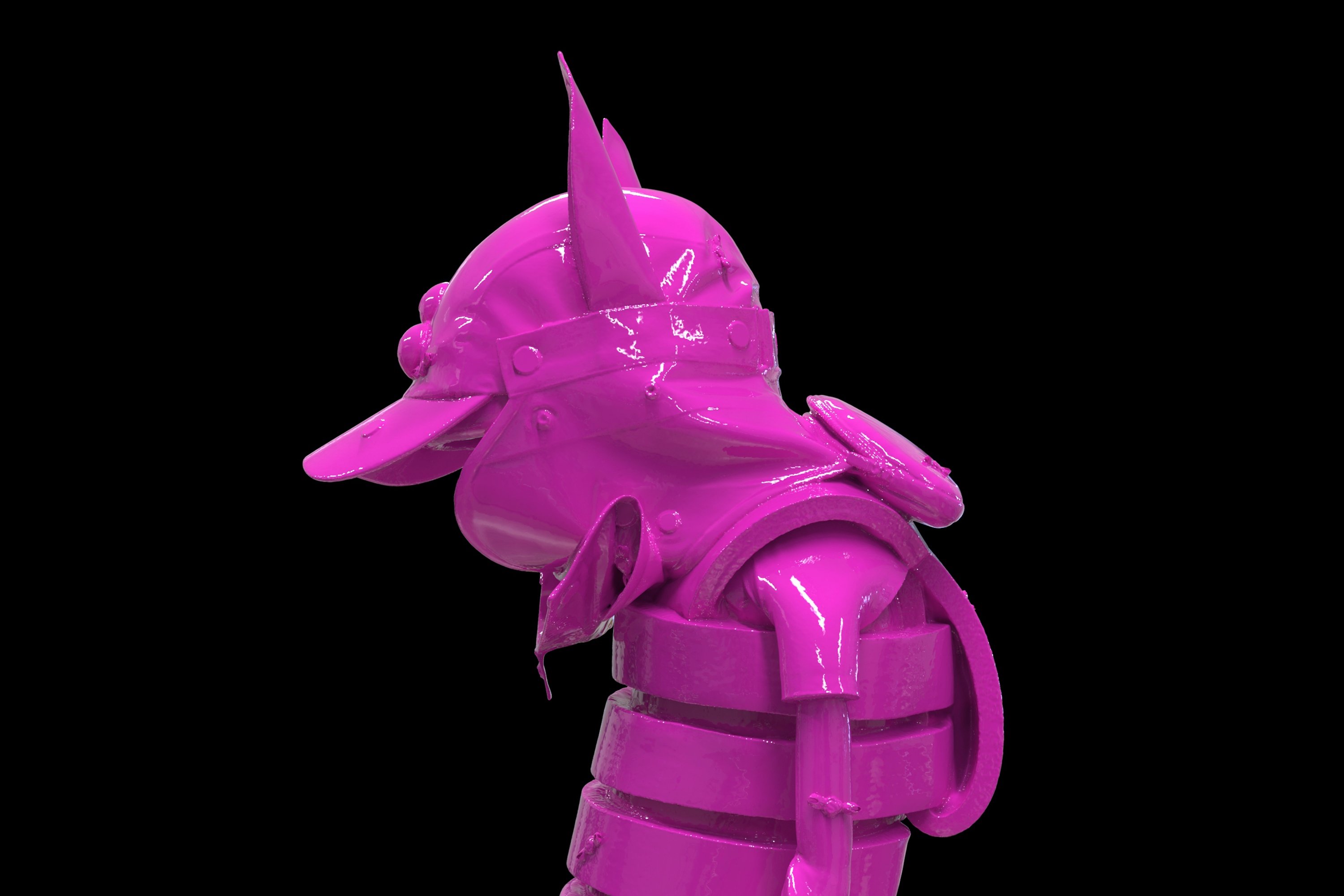
Anatomyland by Aitor Throup
"NFTs will become the most disruptive and significant art movement of modern times," he says. "NFT and blockchain technology fundamentally represent the decentralization of the kind of traditional power structures that lead to control and standardization, which I consider to limit the true potential of humanity."
He describes the process to making digital art; he firstly created physical puppets and then worked with a 3D specialist scanning company to scan each piece at the highest level of digital scanning available. "It’s a slow process, as every single detail is captured in ultra high detail. Some of the smaller details, such as the tiny roses on the surface of all the sculptures were micro scanned separately at an even higher resolution, so that we could painstakingly digitally replace each flower with a high resolution version," he explains. The physical puppets took around three years to develop and make, and the digital artworks took around three months. Each piece will be able to be displayed on a large vertical monitor at 4K resolution, he adds.
So what does Anatomyland represent? "It is the story of our journey: through chaos towards balance. It’s the story of overcoming the toxic ‘duality’ of the world; through focusing on ’non-duality’. The three central characters are ‘Lil Yin’ and ‘Lil Yang’ (who are always fighting) and “Good Ol’ Dom’ who represents our higher consciousness and ability to overcome conflict," he explains.
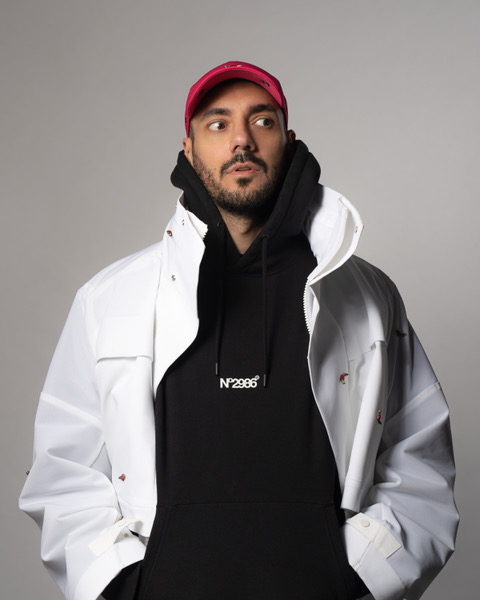
Throup adds that part of the attraction of the digital art space at the moment, is its rarity, as a new art medium. "Anything is possible; which is partly why it’s so exciting. The idea of digital art scarcity informing the investment value of something is something that I find really interesting."
But there are sceptics who believe the digital art market's boom may turn into a bubble. Robert Read, head of fine art and private clients at insurer Hiscox, said the extraordinary Beeple sale is enough reason "to buy a good Picasso, which is what I would go for any day of the week."
"Digital art's affair with non-fungible tokens is sucking in new money and in the very near future looks likely to replace contemporary art as the dominant sector in the art market," he adds. "That potentially turns the online art market on its head, with existing platforms that are selling physical art online scrabbling to meet this new demand."


